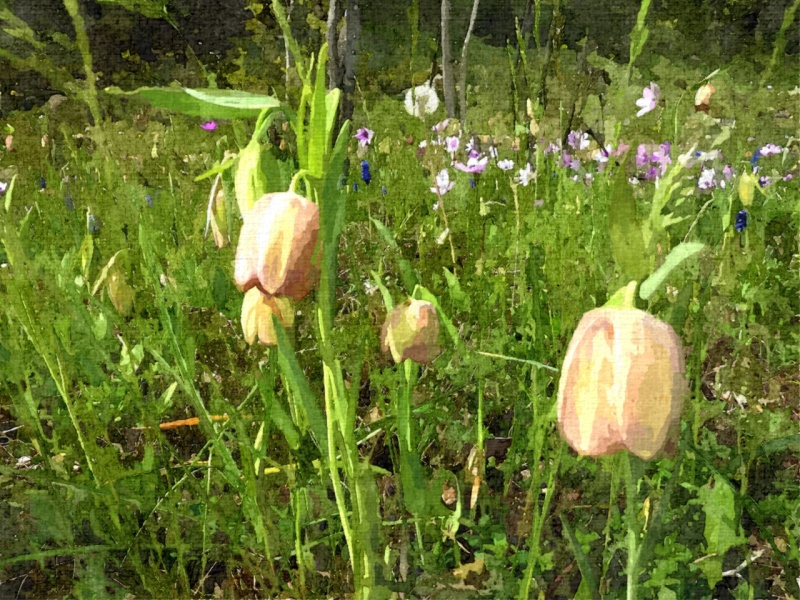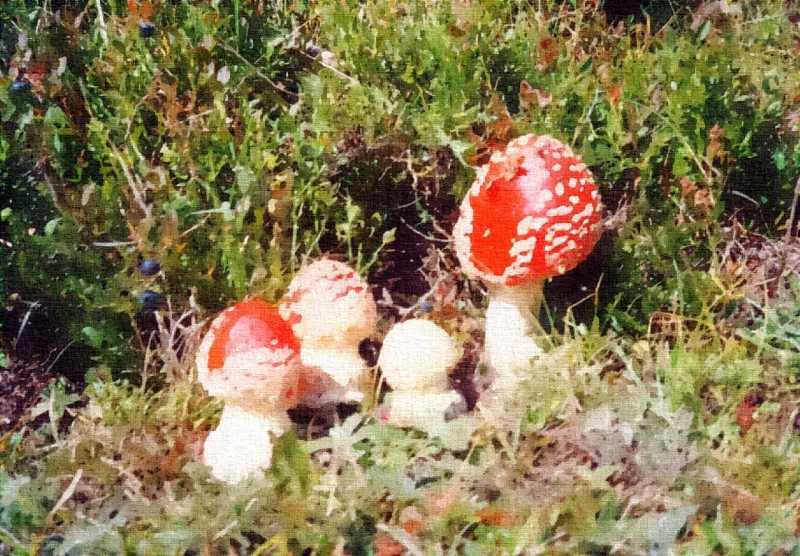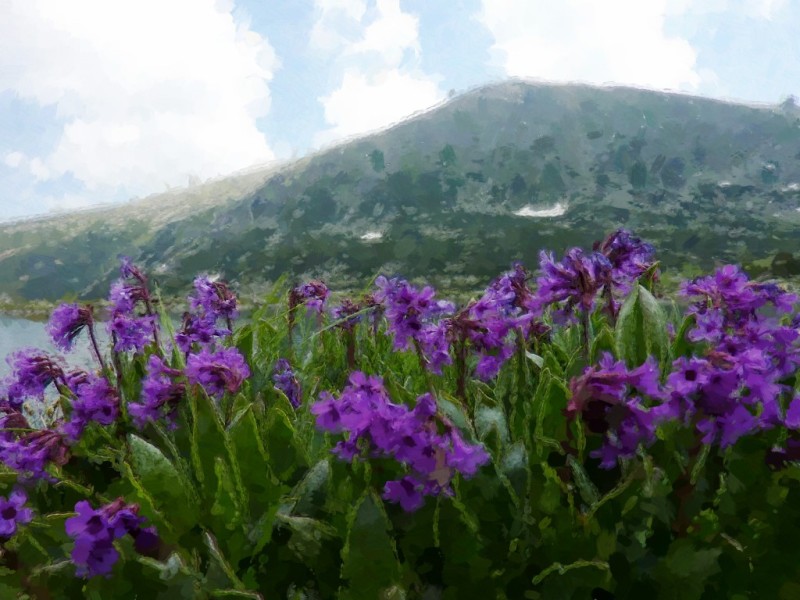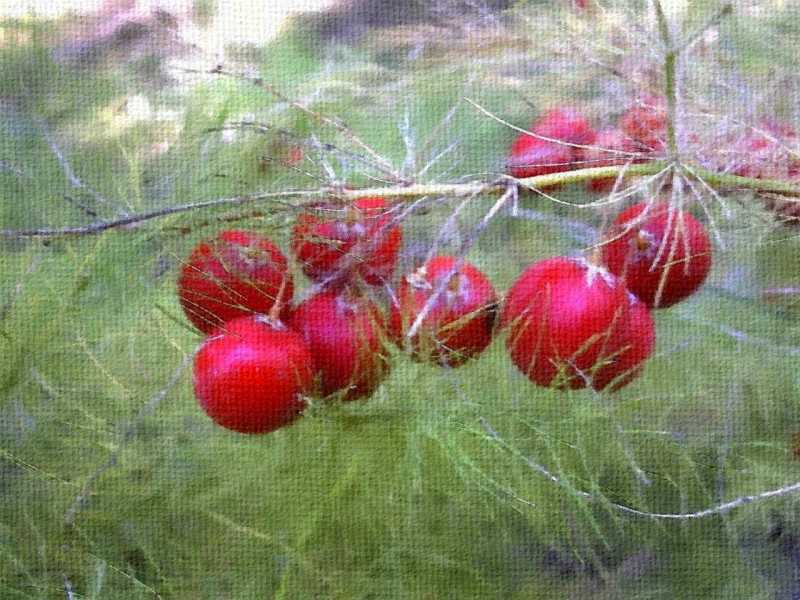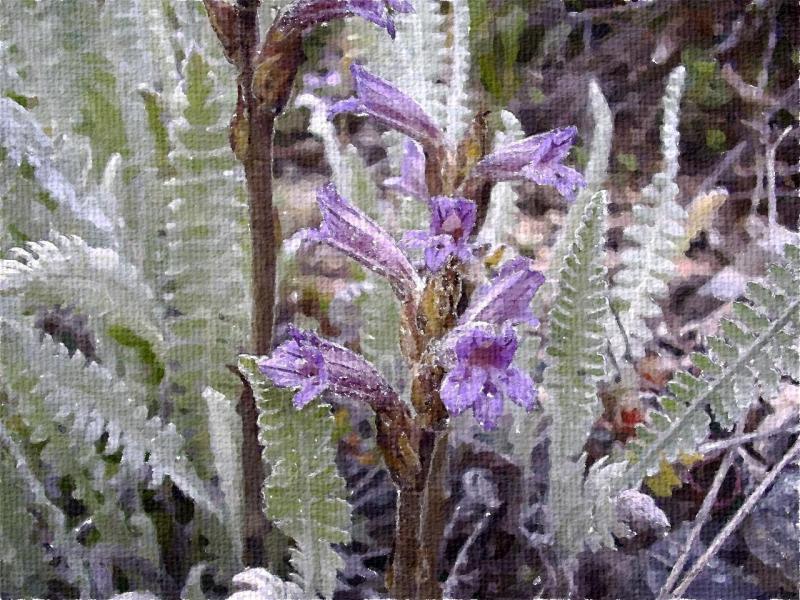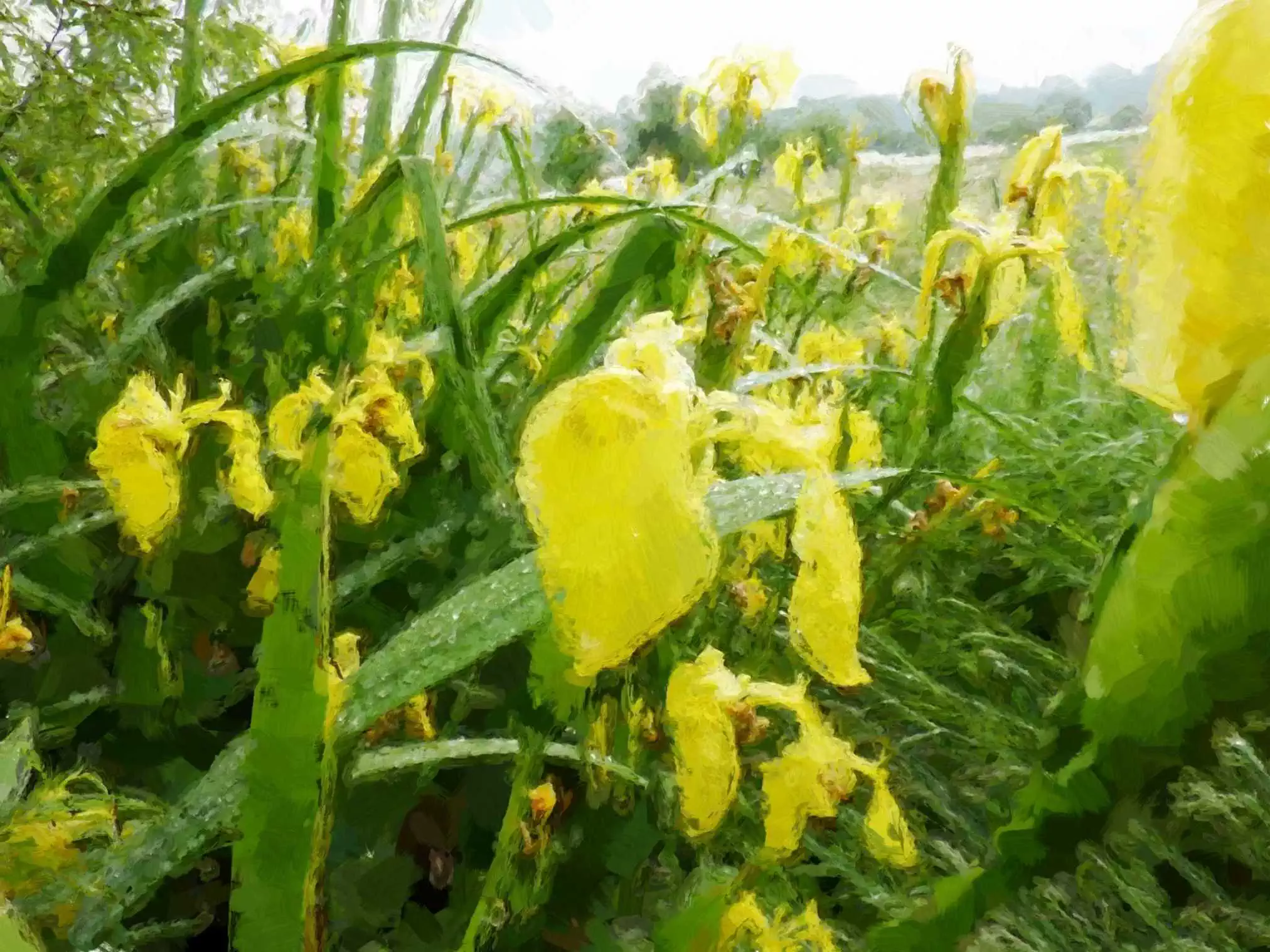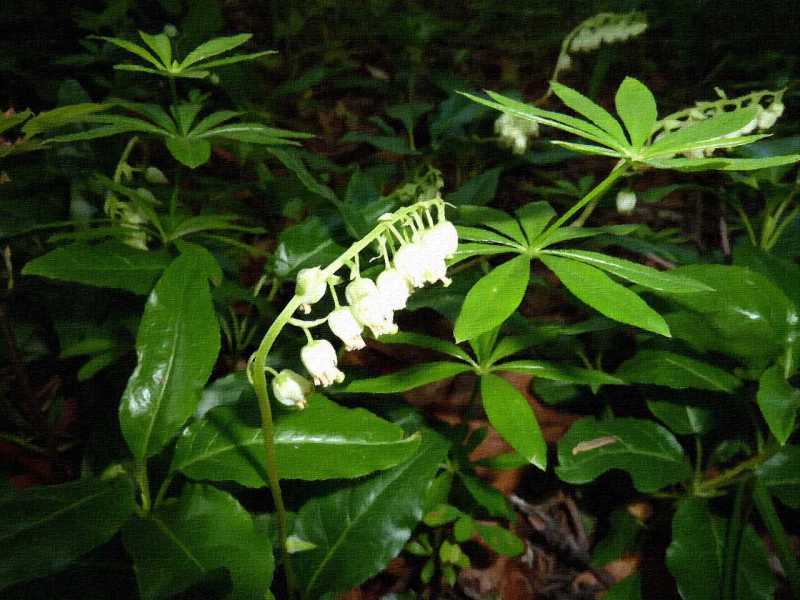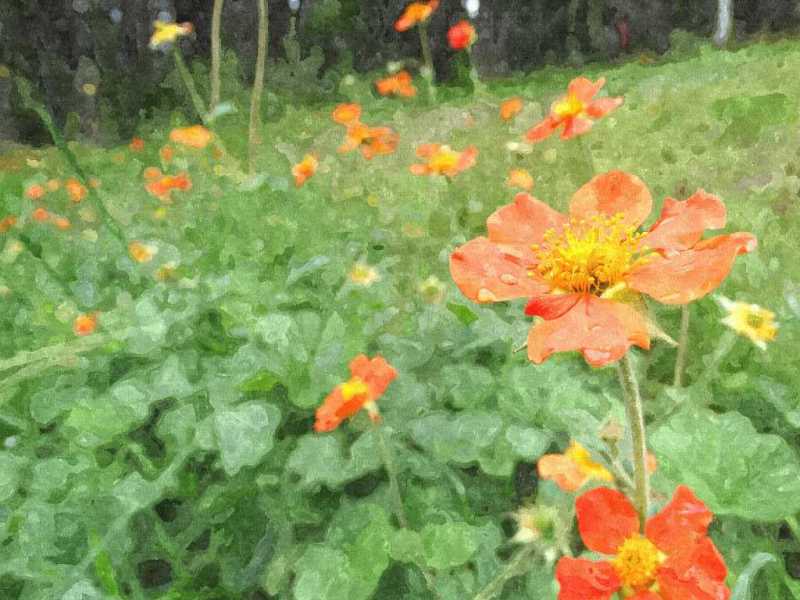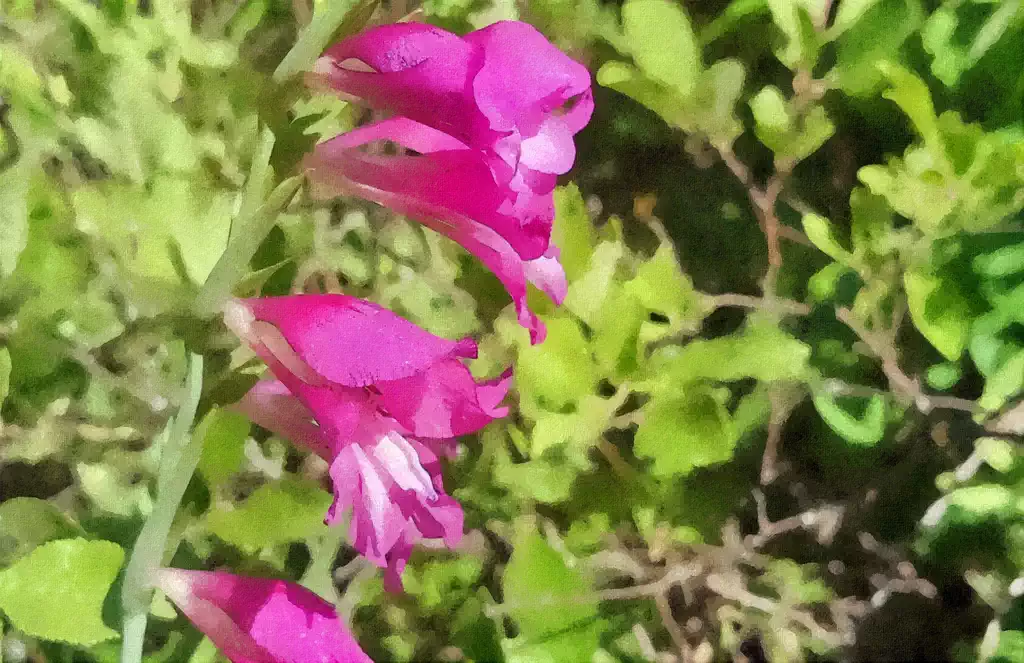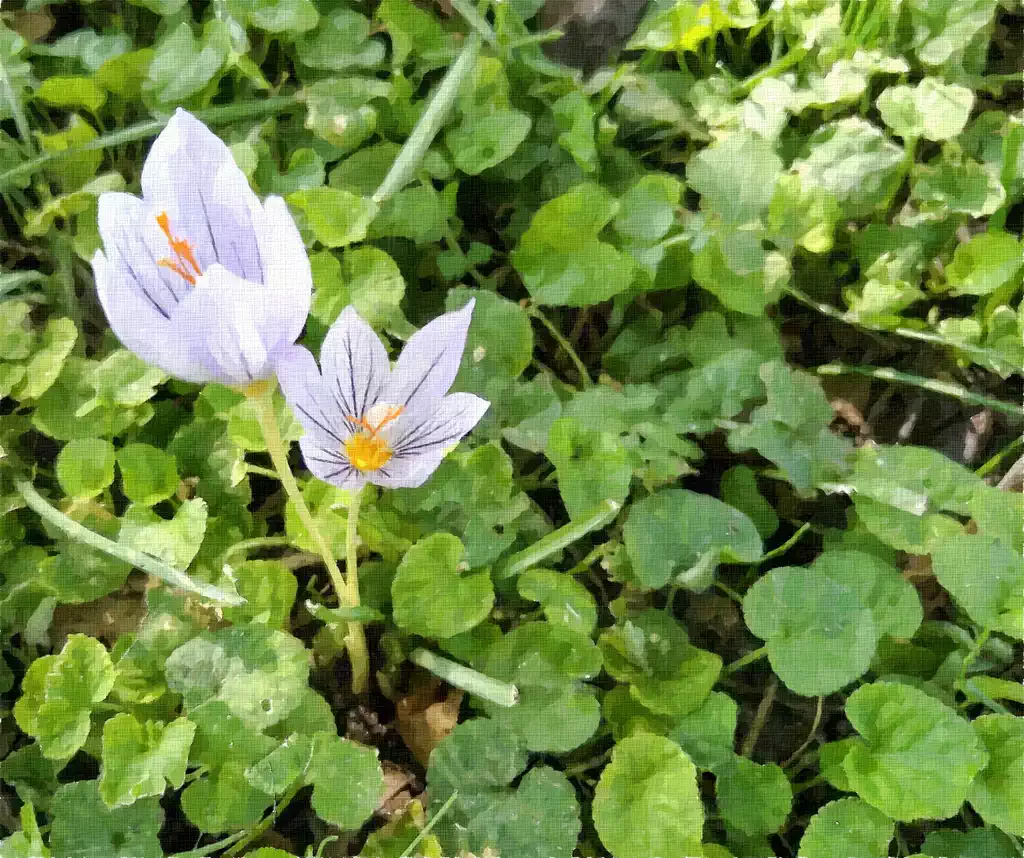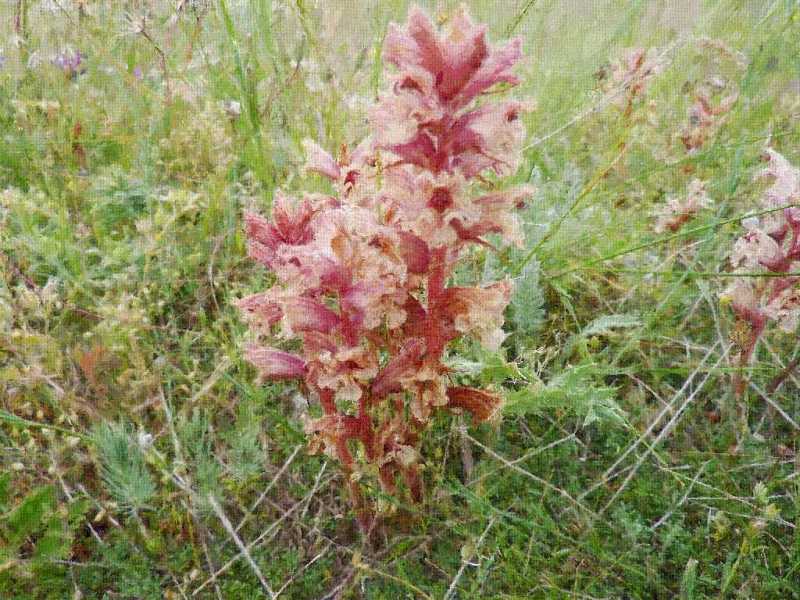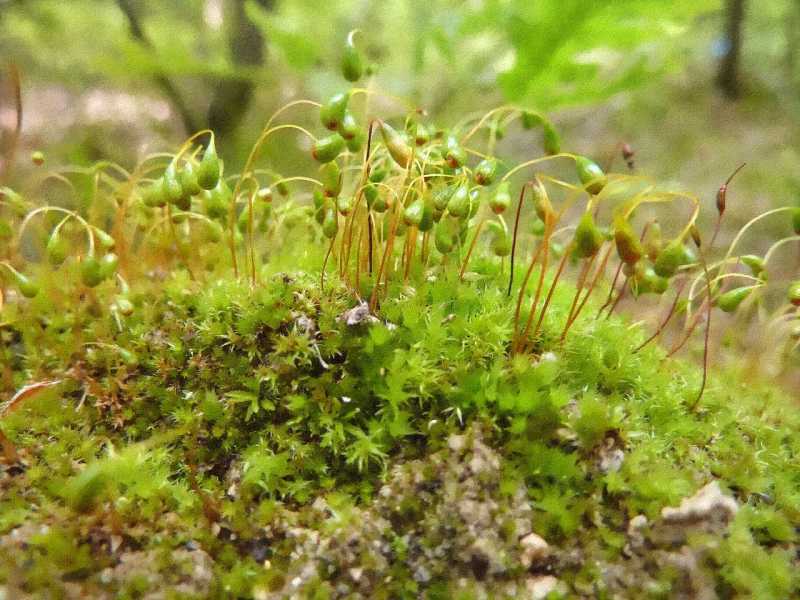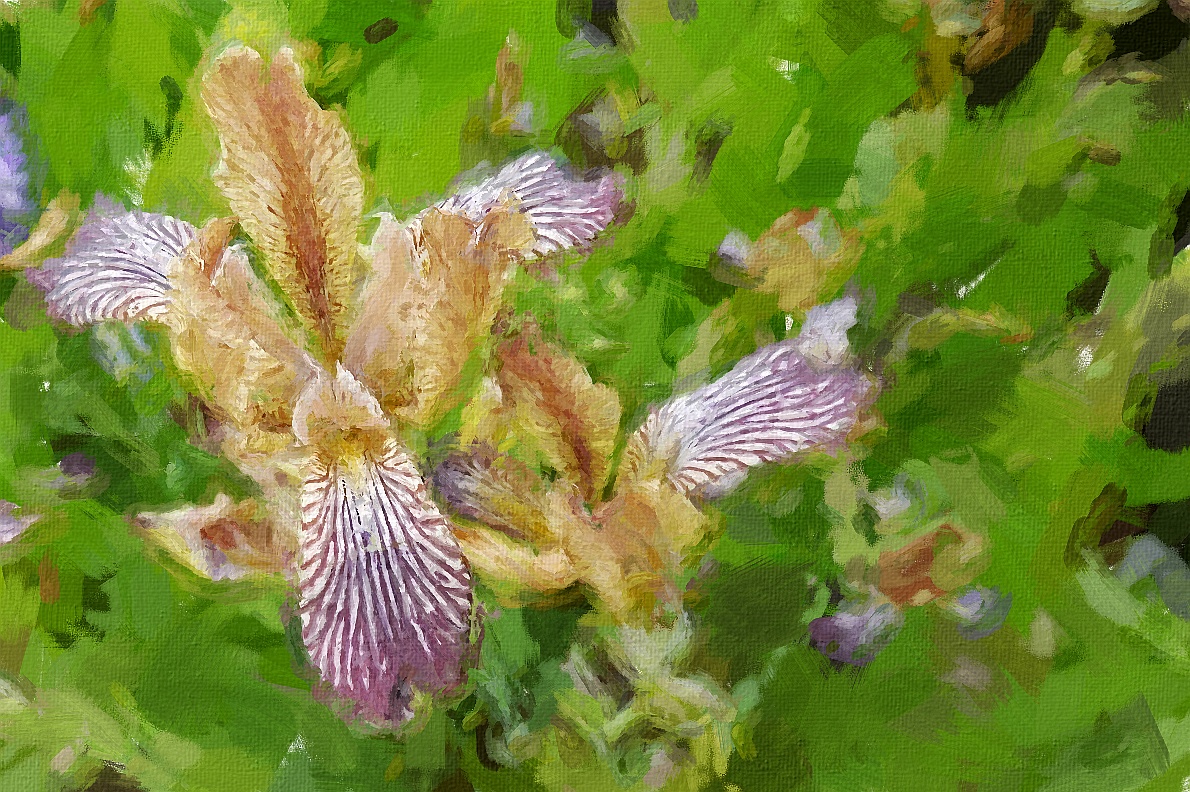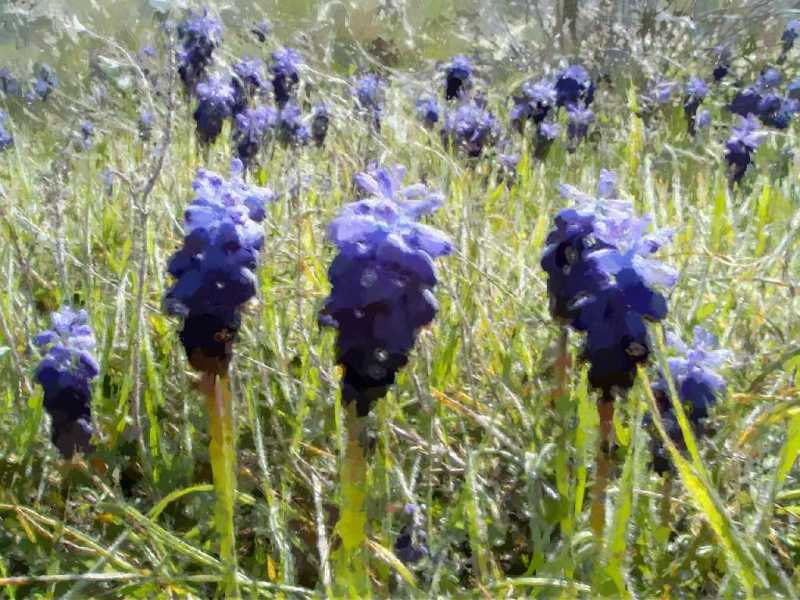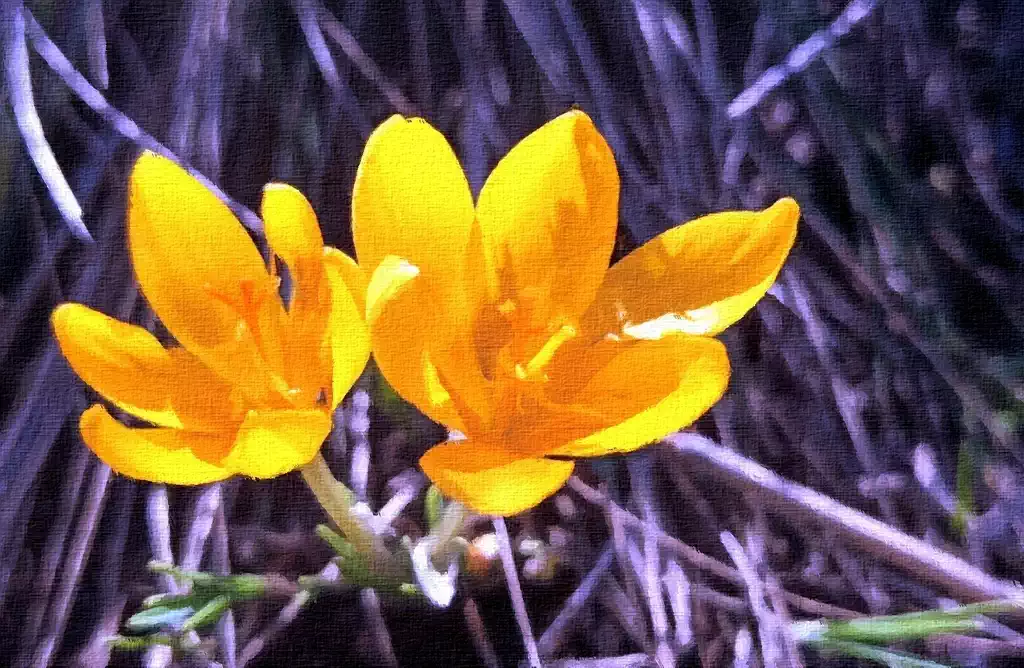PDFRadoukova T., Lacheva M., Ivanova M. & Dospatliev L. 2018. Determination of the Total Nitrogen (N) Content and Anatomical Study on the Leaves Epidermal Cells of Plant Species in Urban and Mountainous Environments (Part 1). Ecologia Balkanica, 10(2): 7-14.
Abstract. The different environment causes change in the plants morphology and anatomy and as well as their physiology. The most informative about the degree of resistance and plasticity of the
plant species was epidermis. With respect to physiological processes, the stress environment accelerating the disintegration of nitrogen-containing compounds. The comparative anatomical analysis of the major epidermal cells and the total nitrogen content in the leaves of four plant species (Juglans regia L., Amorpha fruticosa L., Laburnum anagyroides Medic., Syringa vulgaris L.) growing in urban and mountainous environments is accomplished. N-content and the number of
the basic epidermal cells revealed positive correlation. The highest ecological plasticity, from the four studied species, was reported for A. fruticosa, in which the number and size of major epidermal
cells in urban environmental conditions is biggest (2090 for upper and 2635.1 for lower epidermis).
For that same species was reported maximal contents and the minimal variation in total N [mg/kg] values. On the same indexes, as the least plastic concerning, is determinate J. regia. The medium level of plasticity sowed L. anagyroides and S. vulgaris.
